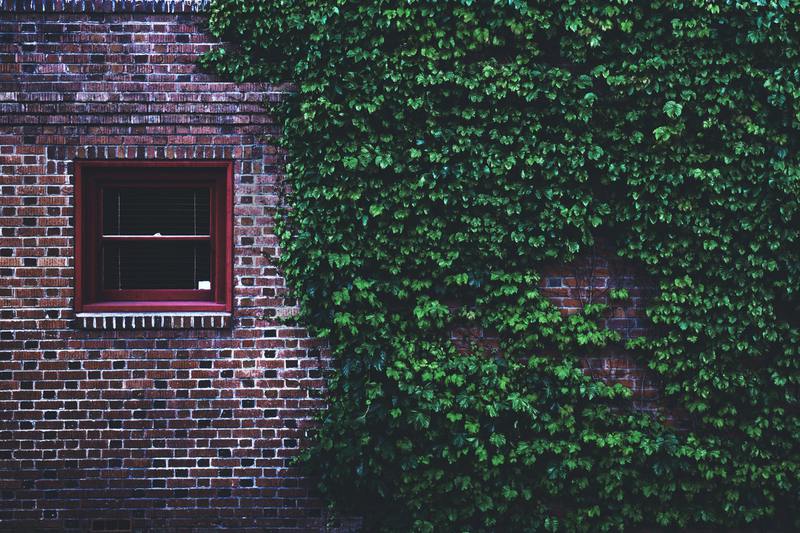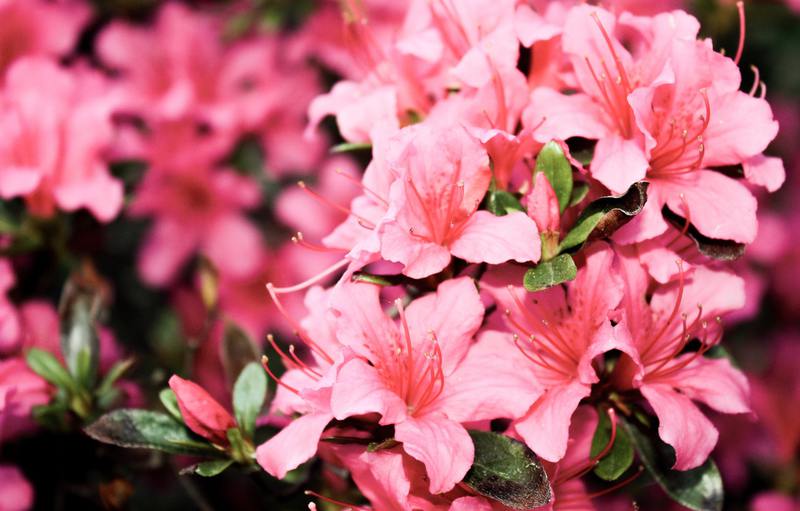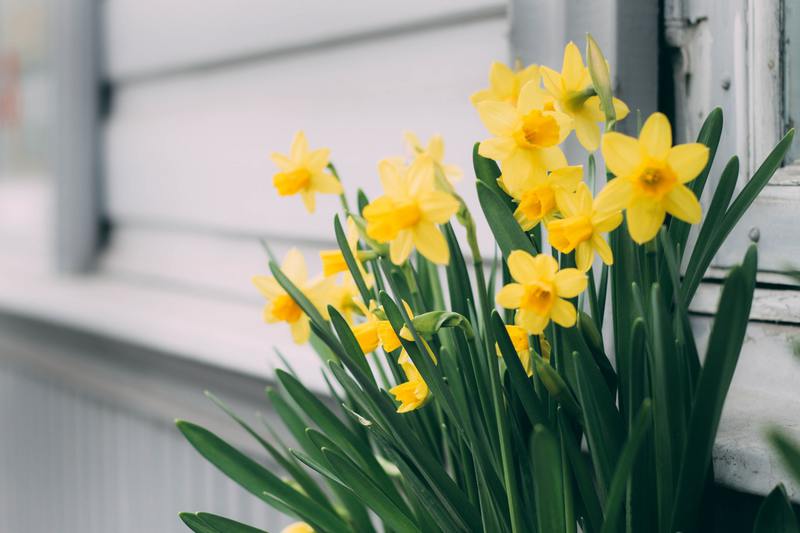Plants to Avoid if You are a Pet Owner

Plants to Avoid if You Are a Pet Owner
If you have dogs and/or cats, you may want to think about the plants you are putting in your garden.
We are going to be discussing which plants you should avoid putting into your garden and landscaping, as they may be toxic to your dogs and cats. On top of that, we will be sharing some safe alternatives as well, so you don’t feel like you don’t have any options.
Foxglove

One of the most common plants that dogs especially have issues with is Foxglove . We would also recommend avoiding this plant if you have young children who may try and eat the plant as well.
Foxglove is a very beautiful plant that grows throughout the entire United States. It grows in the wild, but it also cultivated in privately owned gardens for its aesthetic. This plant has bell-shaped flowers are normally bright purple, but can also be rose, pink, white, and yellow, and they usually bloom in the springtime.
They also contain dry fruit that contains a lot of seeds – both these seeds and the beautiful flowers tend to attract children and dogs to them. All parts of this plant are considered to be very poisonous.
Those who ingest this plant should call the poison control center right away. You are essentially taking an unregulated dose of heart medicine when consuming Foxglove. This means that your heart rate will either slow down significantly, or become irregular – both are extremely dangerous.
If you would like an alternative that is brightly flowered and similar in size and shape, consider something like Hollyhocks . These are beautiful and tall flowers that won’t cause any issues if ingested by your children and pets.
English Ivy

If you are someone who likes the look of vines in their yard, make sure it isn’t one of the various poisonous varieties. English Ivy is one option that you will want to avoid for the sake of your pets.
This plant is a very popular evergreen ground cover for the shady aspects of your yard. It has gorgeous foliage, and it will fill in the ground much more quickly than other types of ground cover. On top of that, it is one of the best ground covers for shaded areas.
Typically, this plant has dark green leaves with between 3 to 5 lobes, but their are other variations of the ivy as well.\
If ingested by cats or dogs, it is toxic. It can cause excessive salivation, abdominal pain, vomiting, and diarrhea. The toxin in the plant causing these issues is called triterpanoid saponin . These are chemical compounds that are known for their characteristic foaming quality.
For those of you that still want ivy incorporated into your landscaping, try Virginia Creeper or Coral Honeysuckle .
Aloe Vera

Next on our list is aloe vera . While this plant has many amazing uses for humans , you will want to make sure its not growing in your yard or indoors where your cat or dog can reach it.
Aloe vera is a succulent plant species, and is of the genus Aloe. It is an evergreen perennial that originated from the Arabian Peninsula, but also grows wild in tropical climates all over the world.
Some symptoms of aloe vera ingestion in pets includes tremors, anorexia, change in urine color, vomiting, and depression.
Other succulents like cacti and burros tail are safer alternatives for your furry friends.
Azalea

Next, we are going to talk about azalea plants. These plants are flowering shrubs in the genus Rhododendron, specifically the former sections Pentanthera (deciduous) and Tsutsuji (evergreen). Azaleas typically bloom in the spring time, and their flowers last several weeks once they do.
They are tolerant of shade, and prefer to live under or near trees.
Azaleas are not only toxic to your dogs and cats, but also sheep, horses, and goats as well. Even ingesting a few leaves can cause serious health problems.
Symptoms include excessive drooling, acute digestive upset, frequent bowel movements, weakness, colic, depression, loss of coordination, leg paralysis, stupor, recumbency and a weak heart rate for two or more days. After two days, the animal may either start improving or they may become comatose and die.
Daffodil

Last but not least, we are going to talk about the daffodil. While you are typically not going to allow your pets to chew on and digest these plants, it’s important that they don’t have the opportunity to.
These are hardy perennials to grow in most regions of the U.S, besides southern Florida. Daffodils are a fall-planted bulb that blooms in late winter or early spring.
Traditionally these flowers are a beautiful shade of yellow or white, with six petals and a trumpet shaped central corona, but there are many other variations as well.
The whole plant is toxic to both cats and dogs, but the bulbs are the most dangerous part. Symptoms include: salvation, vomiting, low blood pressure, tremors, cardiac arrhythmias, and diarrhea.
Our Final Thoughts

While these are the entirety of plants that could cause your pets harm, these are some of the most common varieties. We hope you found our list helpful and are able to find some wonderful alternatives to these plants.
If you do experience a bad run-in with your pets and these plants, make sure to contact the Animal Poison Control number: (888) 426-4435.





